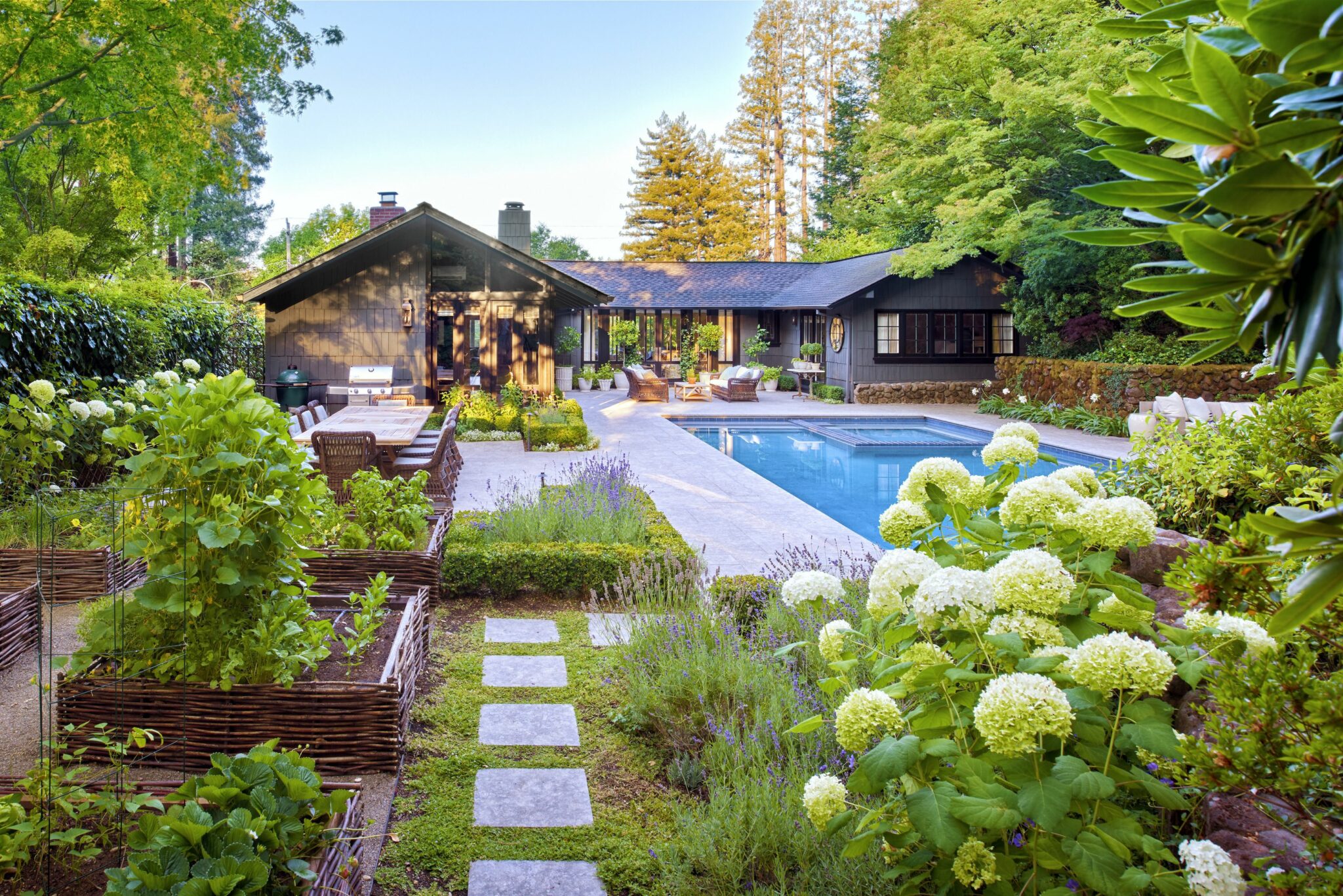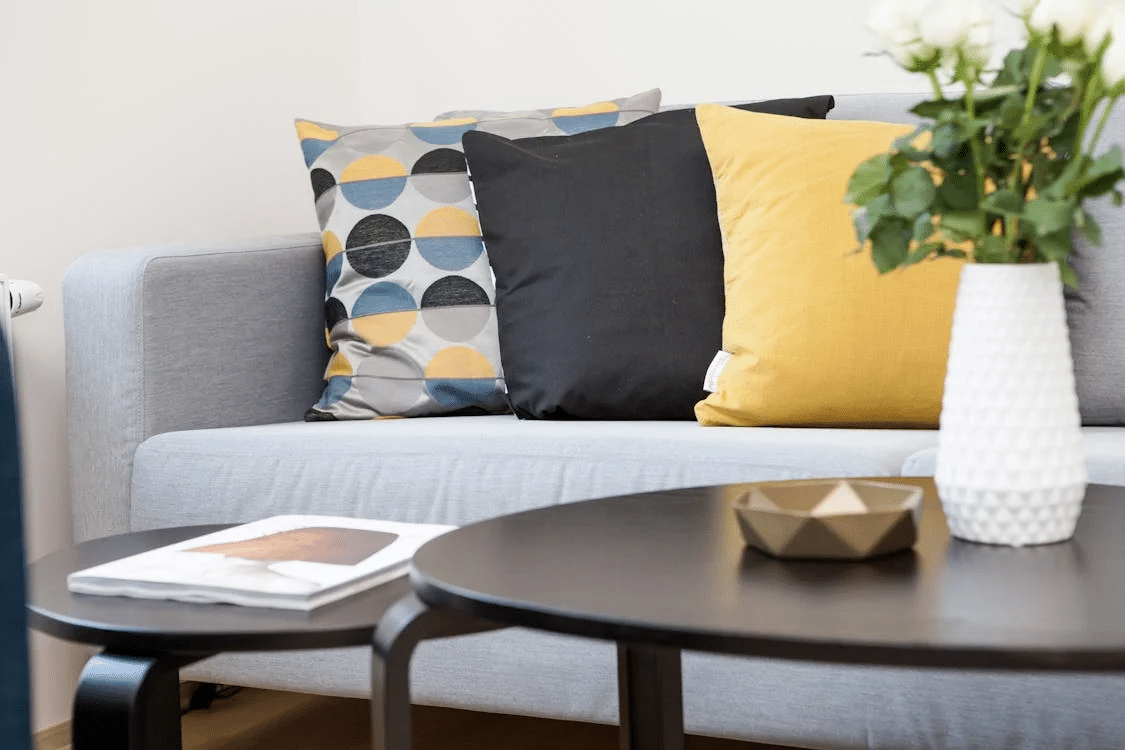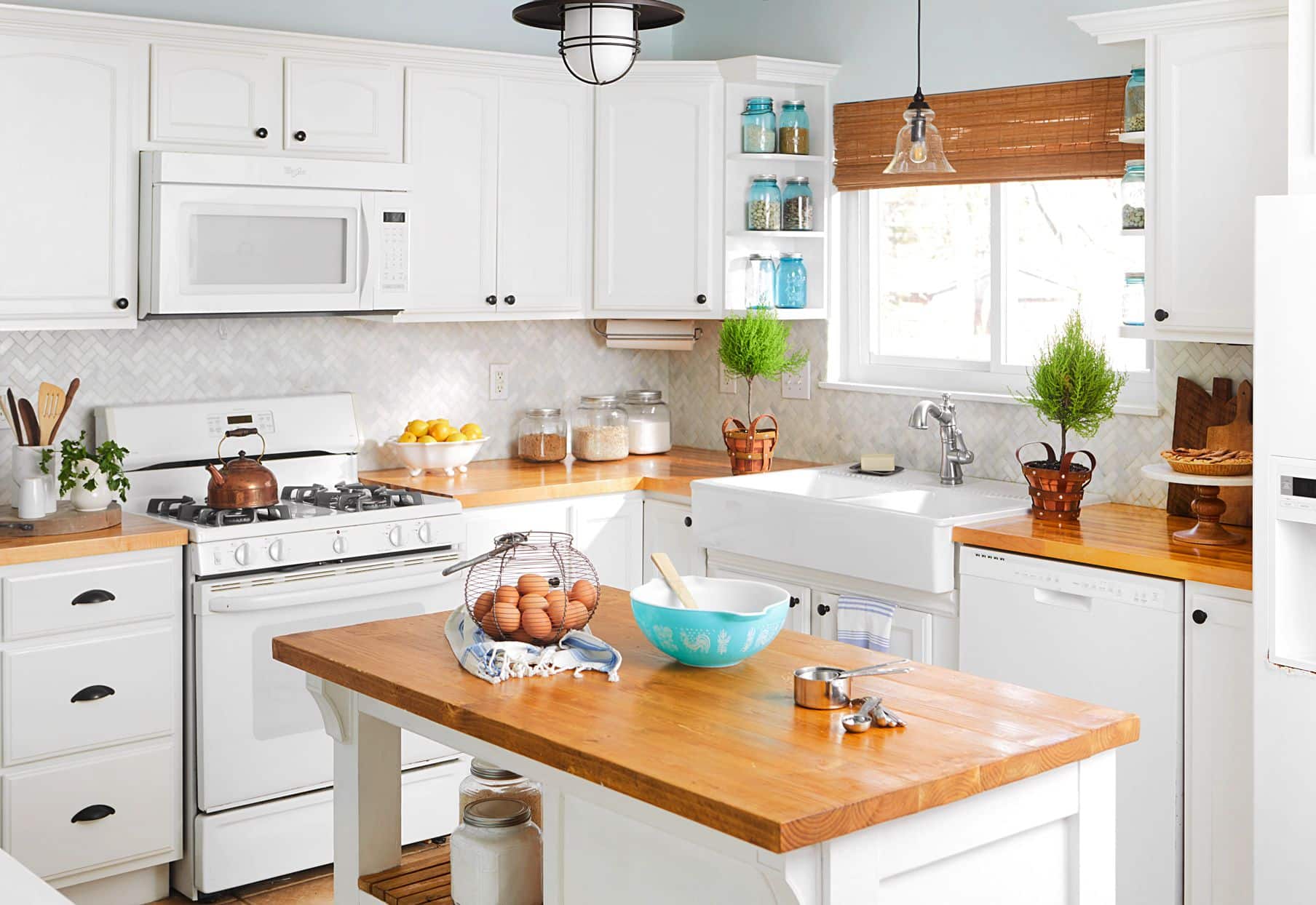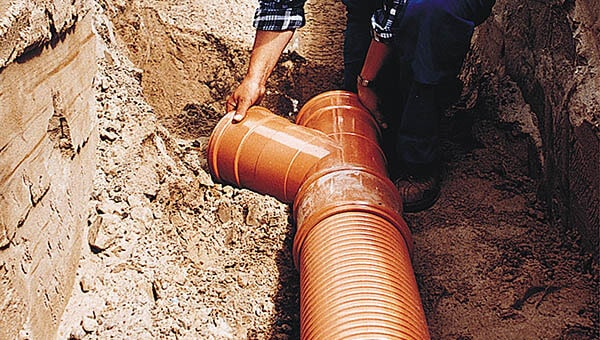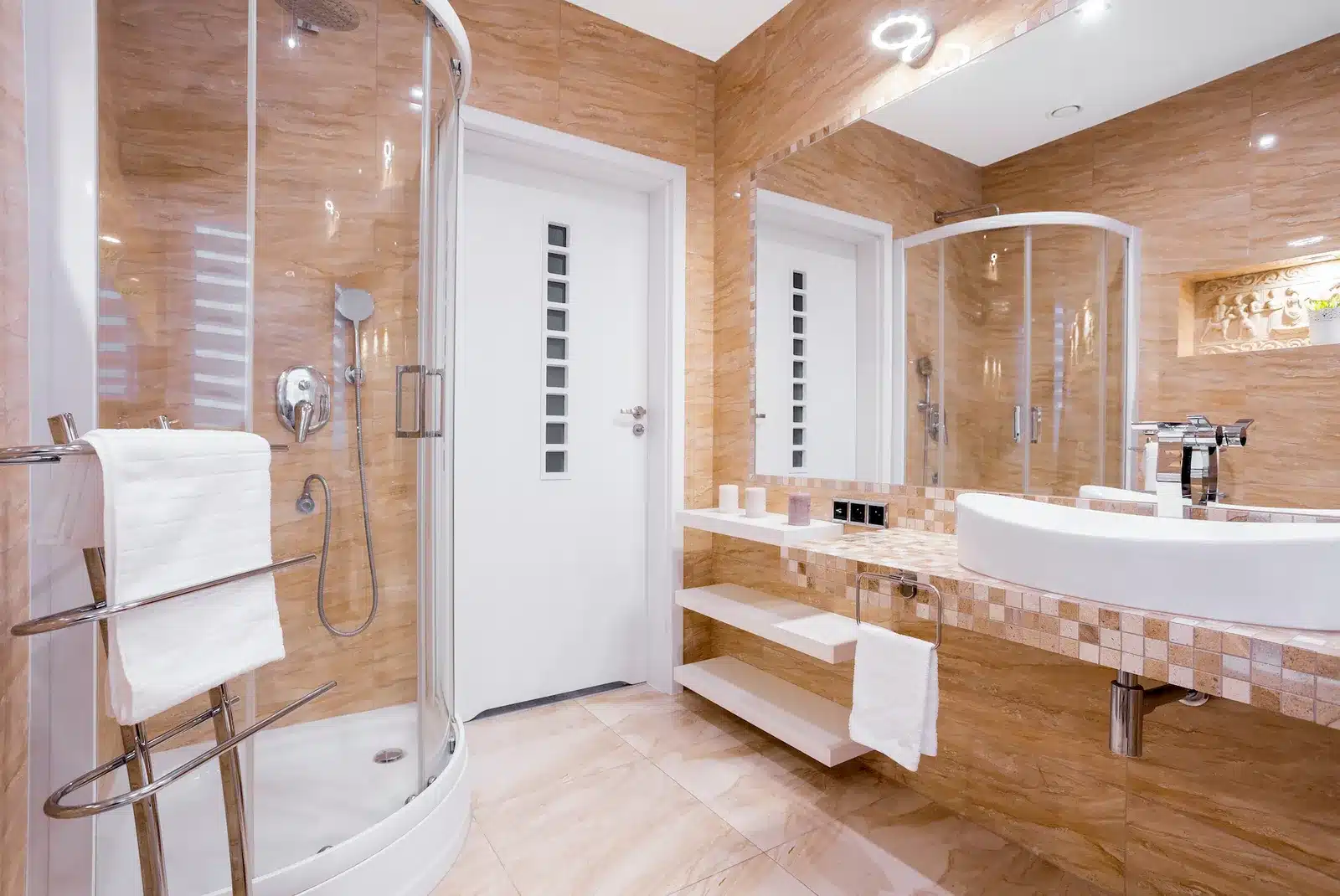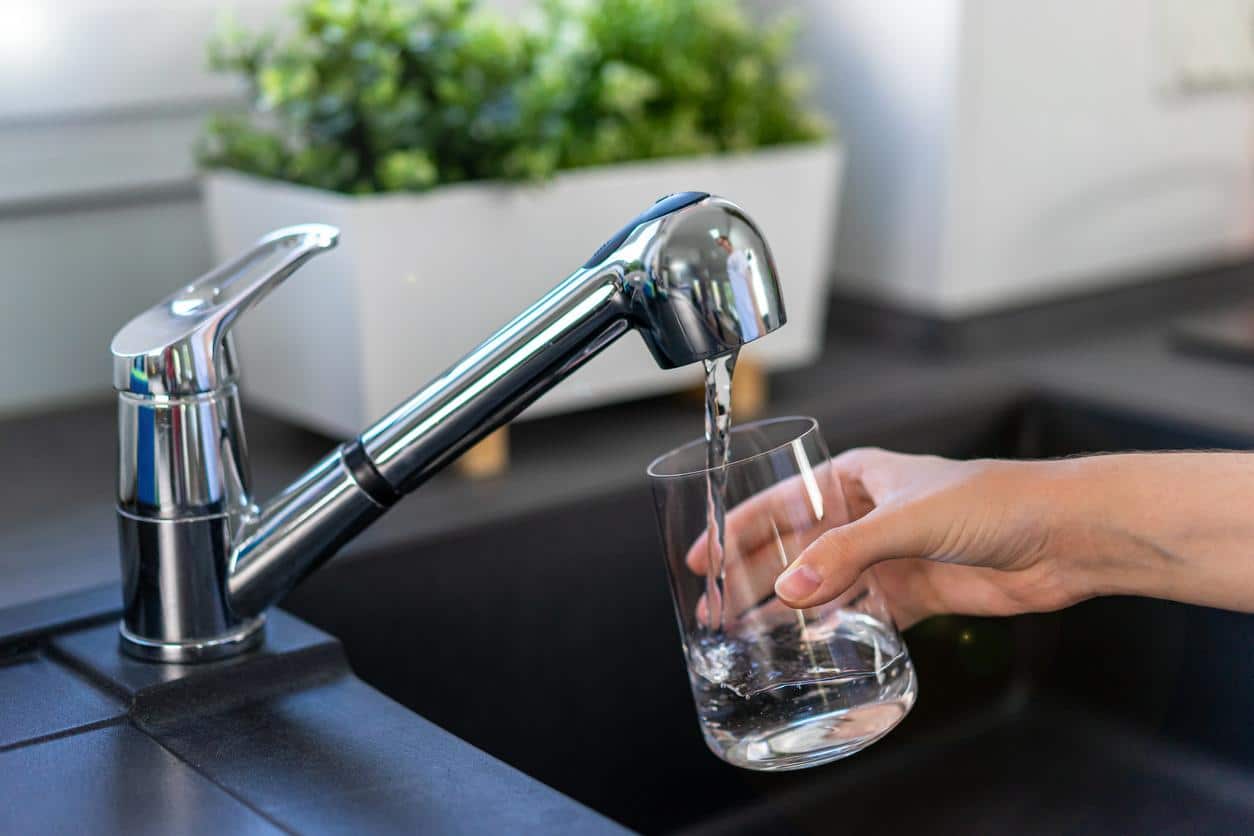Harmony in Nature: Crafting Your Outdoor Haven
Imagine stepping outside into your oasis, where the symphony of nature envelops you in a peaceful embrace. The gentle rustling of leaves, the melodious chirping of birds, and the soft caress of a breeze against your skin all combine to create a harmonious environment that soothes the soul and rejuvenates the spirit.
In today’s fast-paced world, finding solace in nature has become more important than ever, and creating your outdoor haven is not just a luxury but a necessity for well-being.
Crafting this sanctuary requires more than just placing some furniture on a patio; it involves thoughtful planning and design to seamlessly blend with the natural elements around you.
From selecting native plants that attract butterflies and songbirds to incorporating sustainable materials in your outdoor decor, every choice you make can contribute to enhancing the harmony between man and nature in your own backyard.
Join us on a journey towards creating an outdoor space that not only reflects your personality but also respects and celebrates the beauty of our natural world.
Cultivating a Sustainable Oasis
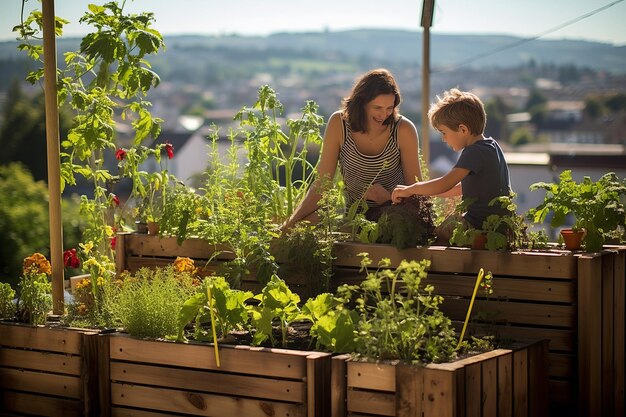
Picture yourself stepping barefoot onto a lush lawn, surrounded by vibrant native plants.
The gentle rustle of leaves and the chirping of birds create a calming environment, while the clean air invigorates your senses. Cultivating such a haven requires careful planning and mindful choices.
Start by selecting native plants that thrive in your specific climate, reducing the need for excessive watering or chemical treatments. Integrate elements like rain barrels and compost bins to minimize waste and nourish your garden naturally.
To truly create a sustainable oasis, consider hiring landscaping experts, such as https://gtasunrise.com/, incorporating renewable energy sources such as solar panels or wind turbines to power outdoor lighting or water features.
Embrace the beauty of imperfection by allowing natural processes like decomposition and habitat creation to flourish within your space.
By nurturing biodiversity through diverse plantings and wildlife-friendly habitats, you invite balance into your oasis, creating a symbiotic relationship with nature that sustains both your garden and your soul.
Selecting Plant Life for Harmony and Biodiversity
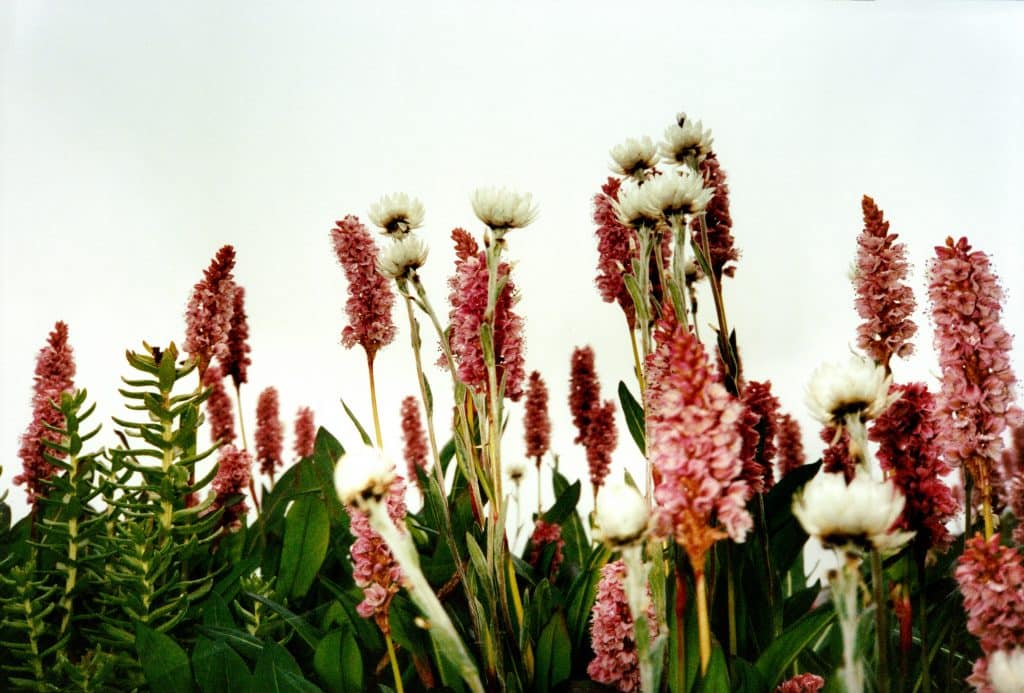
When choosing plant life for your outdoor space, consider the concept of biodiversity – not just as a means to beautify, but also to promote a balanced ecosystem.
Diverse plant species attract various pollinators, birds, and beneficial insects, creating a harmonious environment that supports overall ecological health.
Selecting plants based on their native habitat and growing conditions can help establish a self-sustaining ecosystem in your garden or yard.
Don’t be afraid to mix different types of plants together – creating contrast in colors, textures, and heights can add visual appeal while supporting biodiversity.
Incorporating trees, shrubs, perennials, and annuals in your landscaping design provides layers of habitats for different creatures and helps create a dynamic ecosystem full of life.
Embrace the natural cycles of growth and decay by allowing fallen leaves and organic matter to decompose naturally, nourishing the soil and fostering a thriving microcosm beneath the surface.
While carefully selecting plant life with biodiversity in mind, you are not just gardening – you are actively participating in the conservation and preservation of our natural world.
Let your outdoor space be a sanctuary where harmony reigns supreme through the interconnected web of plant species that sustains all forms of life around it.
Embracing Eco-Friendly Materials in Your Outdoor Design
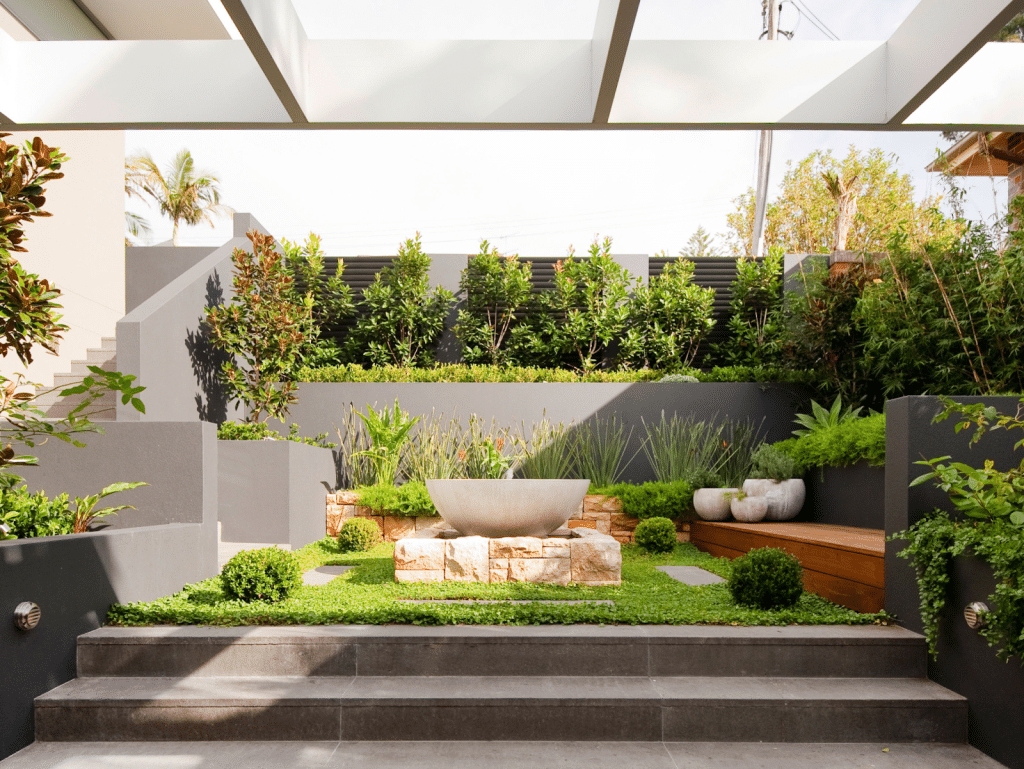
In a world where sustainability is becoming increasingly crucial, the choice to embrace eco-friendly materials in your outdoor design transcends mere aesthetics—it becomes a statement of environmentally conscious living.
Imagine a garden adorned with reclaimed wood furniture, or a patio laid with porous and permeable pavers that allow rainwater to seep through instead of running off into storm drains.
These choices not only enhance the natural beauty of your outdoor space but also contribute positively to our planet’s well-being.
Opting for sustainable materials like bamboo, recycled plastics, and reclaimed metals in your outdoor design not only reduces waste but also minimizes carbon footprint.
By consciously selecting materials that are renewable, biodegradable, or recycled, you are not just creating an eco-friendly space but actively participating in the global movement towards responsible living.
Let your outdoor haven be a testament to harmony with nature—a place where every element echoes the gentle whispers of sustainable practices and mindful consumption.
Designing for Tranquility and Comfort
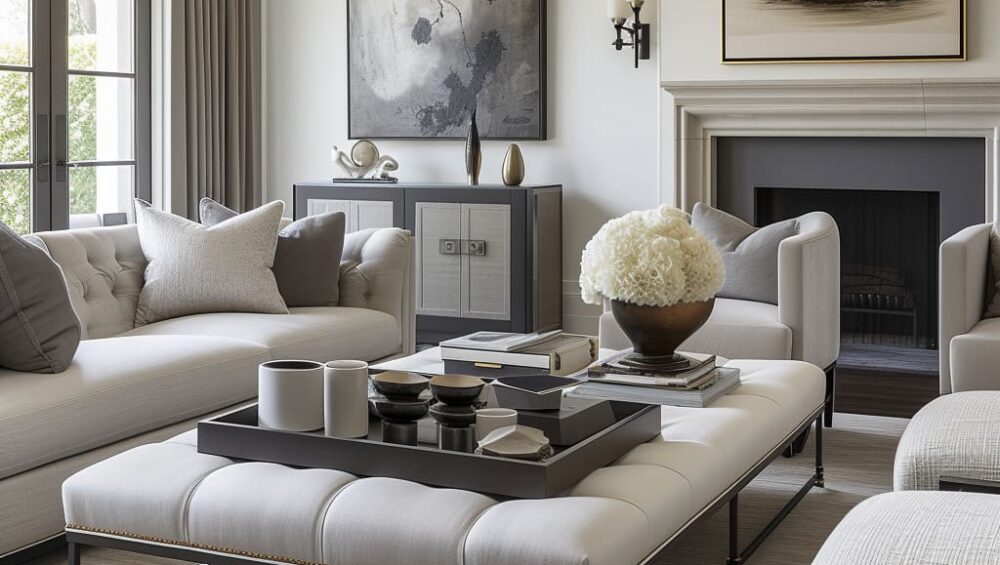
When designing for tranquility and comfort in outdoor spaces, it’s essential to consider the natural elements that can contribute to a sense of calm. Incorporating water features like a gentle fountain or a small pond can create a soothing ambiance with the sound of trickling water.
Soft, plush seating options such as lounge chairs or hammocks invite relaxation and encourage moments of contemplation.
In addition to physical comfort, paying attention to visual aesthetics plays a crucial role in enhancing tranquility. Opting for a color palette inspired by nature, with soft greens, blues, and earth tones, can evoke feelings of serenity and harmony.
Strategic placement of plants and greenery can also provide privacy and seclusion, further fostering a tranquil atmosphere within your outdoor haven.
Creating Inviting Seating Areas for Relaxation
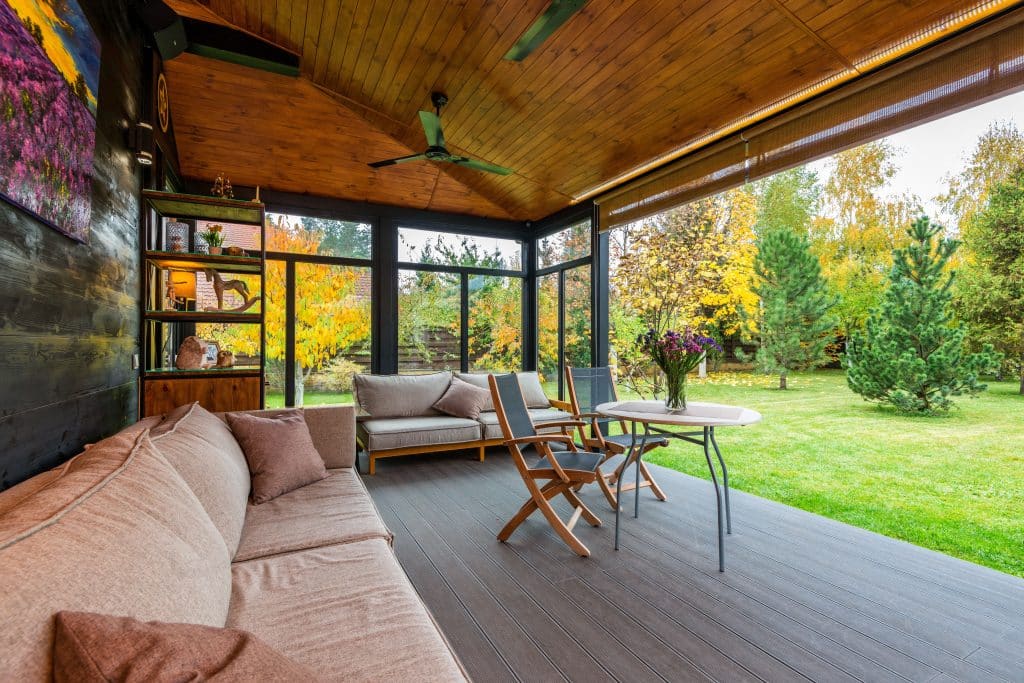
Try to picture in your mind a tranquil oasis in your backyard, where the stress of the day melts away as you sink into a plush chair surrounded by nature’s symphony.
To create an inviting seating area for relaxation, think beyond aesthetics and focus on comfort and functionality. Consider adding elements like soft cushions, cozy blankets, and ambient lighting to enhance the sense of tranquility.
Incorporating natural elements such as rustic wooden furniture or stone accents can blend seamlessly with your outdoor space to create a harmonious ambiance.
Additionally, strategically placed plants and flowers around your seating area can evoke a sense of serenity and connection with nature. Remember, the key to crafting a welcoming haven lies in creating a space that beckons you to unwind and rejuvenate amidst the beauty of the outdoors.
Incorporating Water Features for Serenity and Sensory Appeal
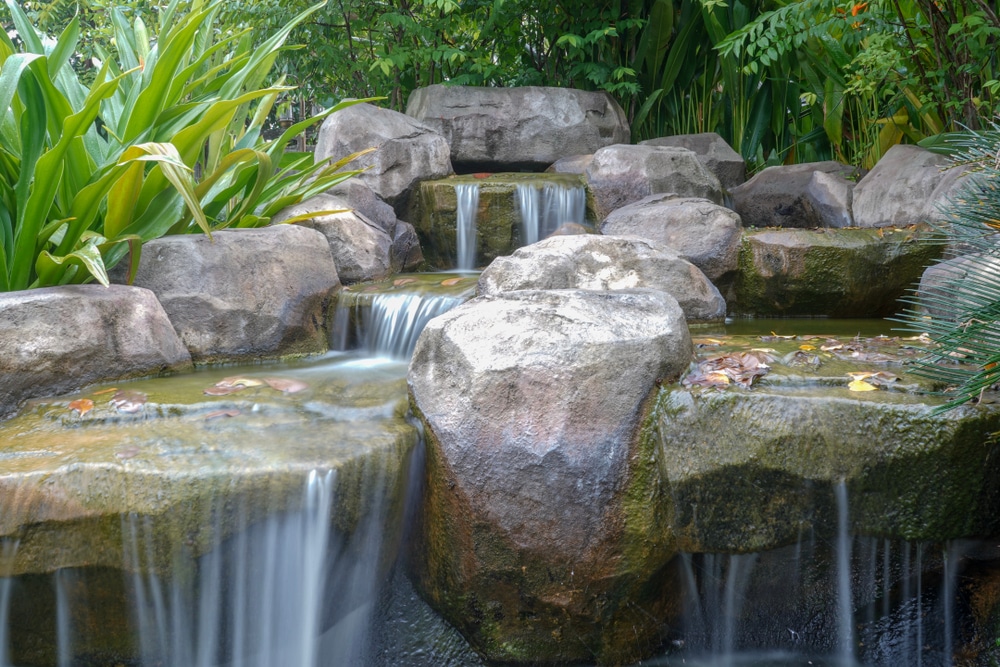
Water features have an enchanting ability to transform outdoor spaces into tranquil retreats, inviting serenity and sensory delight. The gentle sound of water cascading from a fountain or bubbling in a pond creates a soothing ambiance that calms the mind and spirit.
Incorporating water elements such as ponds, streams, or waterfalls not only adds visual interest but also engages the senses, providing a multidimensional experience for those enjoying the outdoor haven.
The presence of water in a garden or backyard can evoke powerful emotional responses, connecting people to nature in profound ways. A still pond’s glassy surface acts as a mirror, reflecting the verdant embrace of surrounding greenery and fostering a profound sense of oneness with nature.
Additionally, water features attract wildlife such as birds and butterflies, further enhancing the sensory appeal and bringing dynamic life to the outdoor space.
By carefully designing and integrating water elements within your outdoor oasis, you can create a peaceful sanctuary that rejuvenates both body and soul, more ideas and inspirations may be found on site.

